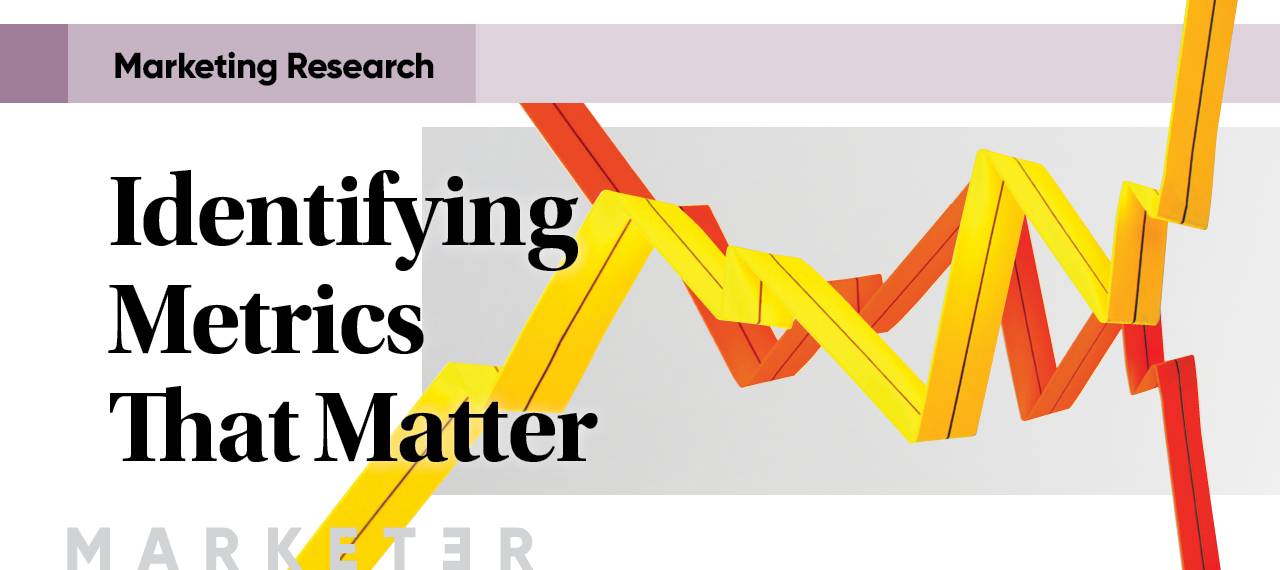
As an A/E/C marketer, you’ve undoubtedly received emails on the importance of using web and email marketing analytics.
Data about your website and its users has become easier to access in the last decade or so, thanks largely to products such as Google Analytics. But ease of access should not be confused with ease of use. Due to a fair amount of overpromising, many marketers expect to log in to their analytics and immediately know what they should focus on and how to make changes. Instead, faced with dozens of metrics and graphs, many become discouraged and overwhelmed.
For B2B marketers, especially those in professional services, it’s important to understand that much of the analytics ecosystem is designed for e-commerce. Many mainstream metrics became so because of their importance in reporting both the effectiveness of paid ads and efficiently funneling users through a shopping cart purchase.
However, the good news is that free products, such as the Google Suite (e.g., Google Analytics) still include much of the data you need. But how do you decide which metrics are important for your digital marketing program? The process starts with logging off and sitting down with a pen and paper.
To read more of Identifying Metrics That Matter, download the full article.
This article, written by Ben Magnuson, first appeared in the October 2019 issue of Marketer.







